Current Is the Movement of Negative Charges Called Electrons
Current is a flow of electrical charge carriers usually electrons or electron-deficient atoms. Correct Global Incorrect Feedback.
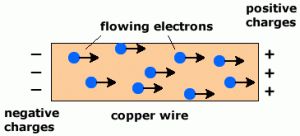
2 16 Know That Electric Current In Solid Metallic Conductors Is A Flow Of Negatively Charged Electrons Tutormyself Chemistry
The common symbol for current is the uppercase letter I.
. Direct current or DC electricity is the continuous movement of electrons from an area of negative - charges to an area of positive charges through a conducting material such as a metal wire. Electron current is defined as the directed flow of electrons. Current is the movement of negative charges called protons.
Voltage also called electromotive force is the potential difference in charge between two points in an electrical field. The electrons flow from the negative terminal of a battery to the positive terminal. Select all the statements that are true regarding the charge of protons and electrons.
Electric current electricity is a flow or movement of electrical charge. In other words the continuous flow of electrons in an electric circuit is called an electric currentThe conducting material consists a large number of free electrons which move from one atom to the other at random. Whereas static electricity sparks consist of the sudden movement of electrons from a negative to positive surface.
Formed by the movement of electrons. False The statement is. The flow of ions either positively or negatively charged also contributes to an electric current in for example the electrolyte of an electrochemical cell.
The wire is full of atoms and free electrons and the electrons move among the atoms. In conductors where the charge carriers are positive conventional current is in the same direction as the charge carriers. Voltage is the cause and current is its effect.
In metals like in household electrical wire the charge carriers are indeed just electrons. In other words current is the rate of flow of electric charge. The electricity that is conducted through copper wires in your home consists of moving electrons.
In a vacuum a beam of ions or electrons may be formed. Therefore electric current can be said to flow from negative to positive. The function of holes and electrons in semiconductor materials is to current the material.
What is current and voltage. The theory of current flow in. What Are Holes In Current.
Current is the rate at which electric charge flows past a point in a circuit. Yes an electric current is the movement of negative charges called electrons. These particles do not leave the object until there is a discharge.
Static electricity an electrostatic charge involves the gain or loss of ______ from an object. When there is current the electrons will flow in one direction and holes to the other direction. To explain further electric current due to the movement of electrons is called electronic current and current due to the movement of positive charge is called conventional.
Electrons will move toward the positive side. Electric current is defined as the rate of flow of negative charges of the conductor. A DC circuit is necessary to allow the current or the flow of electrons to flow.
The direction of current flow is defined as the direction of positive charges. One ampere of current represents one coulomb of electrical charge 624 x 10 18 charge carriers moving past a specific point in one second. Current is the movement of negative charges called electrons.
Today everyone knows that an electric current is the flow of negatively charged electrons. Its value is approximately equal to the charge of 624 x 10 24 electrons. By an external energy.
Question 3a of 15 3 Current 190755 Maximum Attempts. Benjamin Franklin suggested that two types of charges existed positive and negative - and that like charges attract positive to positive and negative to negative and unlike charges repel positive from negative. An electron current the flow of electrons contributes to an electric current since the electron carries negative electric charge.
Physicists consider current to flow from. The movement of electronsthrough a circuit the some sort is calledelectric current or current flow and it is also what happens when the staticcharge you develop up walking throughout a carpet top top a cold dried day is transferredto a doorknob. Protons neutrons and electrons are the three subatomic particles that make up particles of the conductors that transmit current however electrons are negatively charged and their gain or loss determines movement of electric current.
So in metals where the charge carriers electrons are negative conventional current is in the opposite direction to the overall electron movement. Renaming electrons as positively charged would require renaming almost all the other charge carriers as negatively charged. Movement of negative or positive charged particles constitutes a flow of current in a conductor.
That is the current flows from negative to positive. The current produced by flow of electron is also called as electron current. The direction of current flow in a material is determined by the polarity of the applied voltage.
In the ocean its the movement of salt ions and not electrons that sustains an electrical current. In other conductive materials the electric current is due to. Electric current is the flow of charged particle.
But the current flow is the flow of both negative and positive charges. Since electrons are negatively charged the will be attracted to the positive terminalhence current flows. It is equal in magnitude and has a contrast to the negative charge.
Is an electric current the movement of negative charges called electrons. Yes an electric current is the movement of negative charges called electrons. However an electric current is not necessarily an electron current.
The standard unit is the ampere symbolized by A. Negative charges that flow as current are called electrons. The protons and neutrons of the copper atoms do not move.
An electrical current is the movement of electrons. The electronsions flow from a region of high concentration of negative charges to a region of low concentration of negative charges. This is in effect the present flow moving between a highpotential you come a reduced potential the doorknob.
The movement of electrons or of other charged particles is called an electrical current. A hole when viewed from the perspective of electric gravity acts as a carrier bringing along the positive charge on the electrons. Electricity is the movement of electrons that have been.
This movement of electron takes place across a wire. Current is produced due to the flow of negative charges called electrons. The direction of electron movement is from a region of negative potential to a region of positive potential.

Electrons Charge Current Ppt Download

Lesson Explainer Electric Current Nagwa
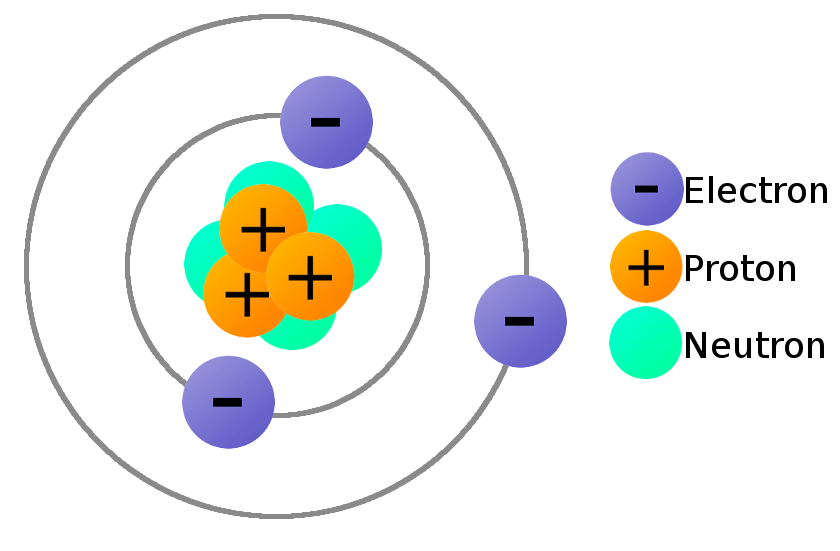
What Is Electricity Learn Sparkfun Com

Lesson Explainer Electric Current Nagwa

Current And Resistance The Starting Point Elements Atoms And Charge Electrons And Protons Have In Addition To Their Mass A Quantity Called Charge Ppt Download

Difference Between Electric Current And Electric Charge

Lesson Explainer Electric Current Nagwa

Circuit Analysis Part 1 Electric Charge Voltage Current And Resistance By Jason Hall Medium

Electrical Energy Definition Examples Formula And Units Electrical Technology All About Electrical E In 2022 Electrical Energy Mechanical Energy Chemical Energy

Is It Right To Say That Current Is The Flow Of Electrons Considering Current Is The Flow Of Charge Per Unit Time And Charge Is The Flow Of Electrons But In A
Pin By Nim On Love Math Physics Conduction
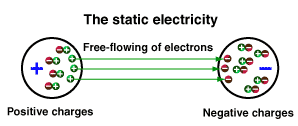
Understanding Electricity Learn About Electricity Current Voltage And Resistance

Are Electrons Negatively Charged Particles Video Lesson Transcript Study Com
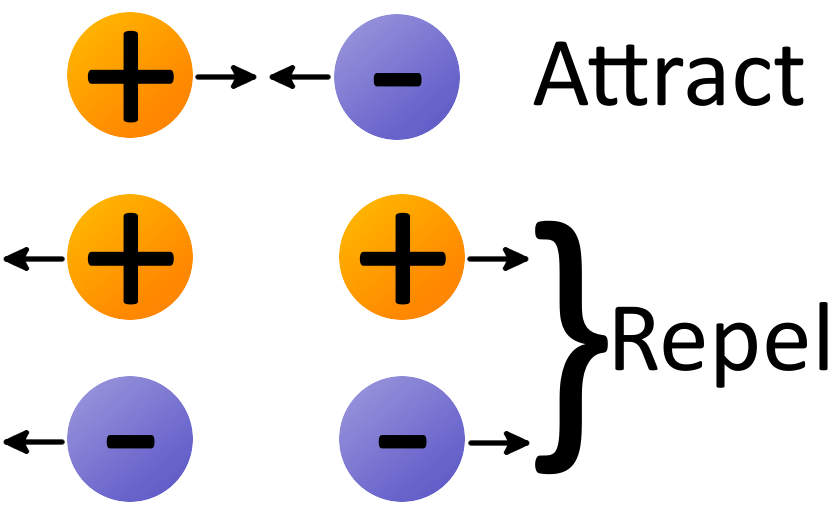
What Is Electricity Learn Sparkfun Com
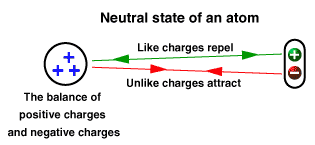
Understanding Electricity Learn About Electricity Current Voltage And Resistance

Electric Current How Electric Current Is Generated Definition Symbol



Comments
Post a Comment